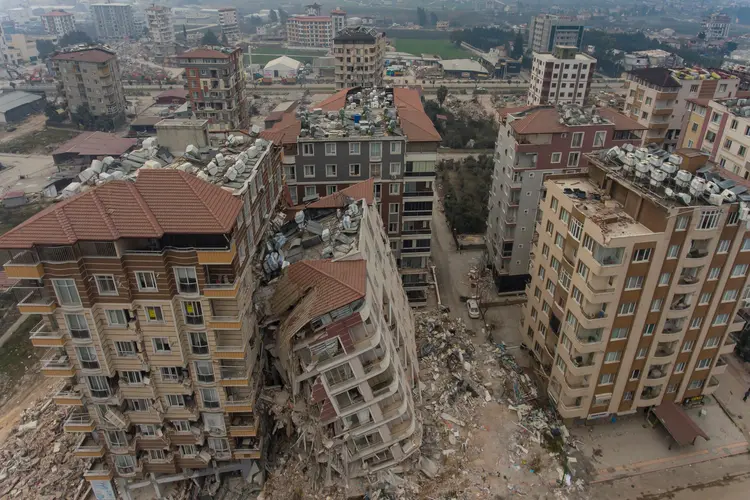
Earthquake alert system did not issue critical warnings ahead of 2023 Türkiye-Syria earthquake that killed more than 55,000 people
By
Today, Google has acknowledged its earthquake alert system failed to issue effective warnings to millions during the 2023 Türkiye-Syria quakes. Just 469 people received the most critical alerts, which provides up to 35 seconds notice and sounds an alarm for individuals to seek shelter.
Researchers estimate almost 10 million people within a 158km radius could have received such a warning.
Check out our related reads…
At the time of the quakes, a further 500,000 users were issued with a lower level alert meant for minor earthquakes. Crucially, these notifications do not override ‘Do Not Disturb’ mode and are silenced by default – a particularly ineffective method considering that the Türkiye quake struck at 4:17 a.m, when most individuals were asleep.
Many deaths from the quake were people asleep in buildings that collapsed when tremors hit. If individuals were given the most serious notification – which plays a loud alarm on a user’s phone – potentially hundreds of lives may have been saved.

Despite initially claiming the system worked well in a 2023 BBC report, Google has since admitted that the system wrongly detected the magnitude of the first tremor as 4.5–4.9, when it reality it was 7.8. It has also cited details of what went wrong in Science journal, explaining there were ‘limitations to the detection algorithms’. When the second tremor hit, just 8,158 phones received ‘Take Action’ notifications, while a further four million users were notified at the lower tier.
Following the disaster, Google engineers changed the algorithm and simulated the first earthquake again. In doing so, it found alerts were generated for 10 million people, with an additional 67 million lower tier notifications for those further afield. Since the quake, further analysis conducted by Google has better improved the system.
Currently, the Google earthquake alert system is available in around 100 countries, and is described by the tech giant as a ‘global safety net’ for acting in countries that have no other warning system. According to Google, the system is supposed to be a supplement, and is not a replacement for national systems such as Japan’s – which uses an app which pushes early detection warnings for quakes to both tourists and residents – or California’s ShakeAlert that disseminates alerts to more than 50 million residents and visitors across the state, along with neighbouring Oregon.
However, countries such as Türkiye – with limited resources – have relied on Google’s alert system to form the bulk of their earthquake detection and resulting dissemination of information to the public.
How are earthquakes detected?
To detect earth tremors many earthquake-prone countries utilise systems with networks of ground-based sensors that send alerts to users when the earth begins to tremble,
During an earthquake, several types of seismic waves move outward from the quake’s epicentre. The first set of waves to move are P-waves – weaker but faster-moving. These trigger sensors that then transmit signals to data processing centres. Algorithms quickly estimate the earthquake’s location, magnitude and intensity, triggering the system to then send an alert before the slower – but far more dangerous – S-waves and surface waves begin.
People close to the epicentre may have limited time to react, but those further away may be given critical time to brace for impact before shaking actually occurs.
Earthquake early warning systems can also be paired with automated responses that shut off gas lines or slow trains to minimise damage.




